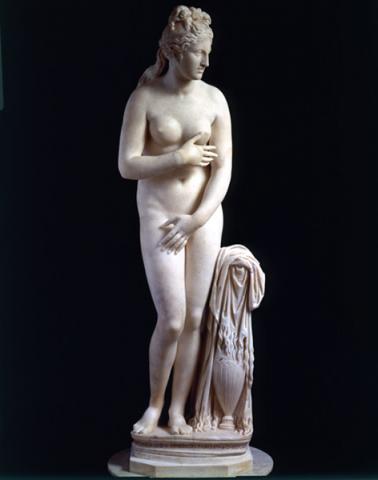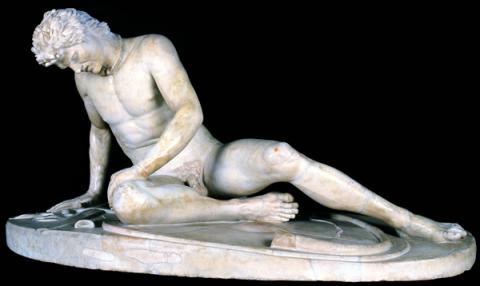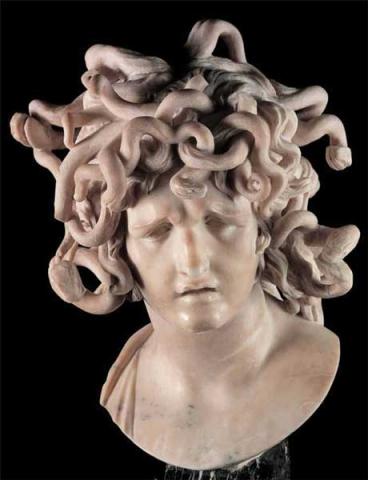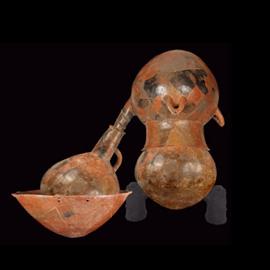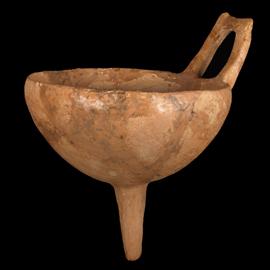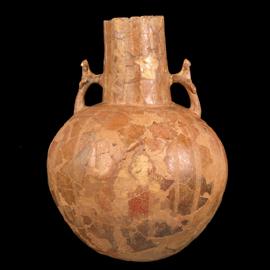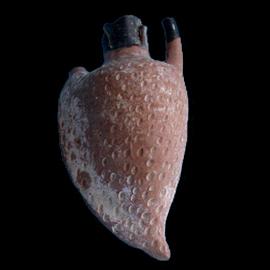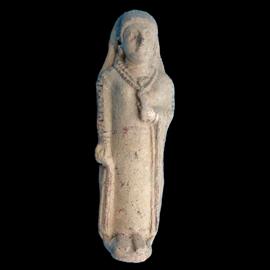The perfumes of Aphrodite and the secret of oil
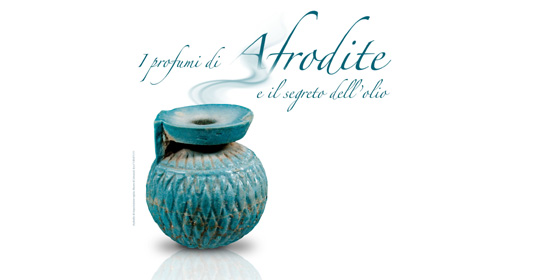
The oldest known perfume factory in the Mediterranean, buried by an earthquake in the IInd millenium B.C. has been brought to light in Pyrgos on the island of Cyprus by research from 1998 onwards by the Italian Archaeological Mission of CNR.
This exhibition presents more than 100 archaeological finds from the excavations and the nearby Museum of Limassol, as well as the fragrances themselves, which have been recreated using the techniques of experimental archaeology.
This exhibition originates from the recent excavations carried out by the Italian Archaeological Mission of CNR (the National Research Council) in Pyrgos, in the south-western part of Cyprus island.
The excavations - directed by Maria Rosaria Belgiorno - brought to light the remnants of a large industrial site dating back to the 2nd millennium B.C., which specialised in olive oil production.
In addition to an oil mill and warehouse, areas were found where olive oil was employed in weaving, scent production, and metallurgy (oil was used as a “fuel” to reach high temperatures in smelting processes).
The extraordinary extent of the discovery is the finding of an intact archaeological site: the area was supposedly abandoned in 1850 B.C. after an earthquake and a massive fire fuelled by the huge amount of oil.
The exhibition features the intriguing discovery of the oldest known scent factory, where the perfectly preserved facilities, vessels, and furnishings have allowed the Italian team to redesign the methods used to extract essences and the different steps in scent production.
Accurate analyses have shown that when the earthquake broke out, 14 different essences were being made in the scent factory, including : coriander, bergamot, laurel, myrtle, lavender, and rosemary.
Among the wide-ranging set of vessels on display, two precious vases of excellent workmanship are worth mentioning: an amphora with two anthropomorphic statuettes serving as handles and an ewer decorated with embossed serpents beside a human figure. The distiller - consisting of 4 big earthenware pots - is particularly interesting because it is the first example of a still in history and allows knowledge about distilling practices to be dated more than 2600 years before the 7th century A.D., when the Arab people were thought to have invented them.
The exhibition halls recall the lush vegetation existing in Cyprus and visitors will have a chance to smell the different fragrances recreated - based on the literature of ancient times - using raw materials and tools similar to the original ones.
The continuity in the production of scents until the Byzantine era is documented by a number of perfume bottles, like a small glass bottle with embossed roses and a bunch of grapes, some remarkable censers found in the temple of Aphrodite in Amathus, and two praying statuettes holding a flower in their hands. The exhibition is closed by some modern objects that are still used nowadays in Cyprus to make essences for domestic or liturgical purposes: stills to extract perfumed oils from lemon, sour orange and rose.
The island - consecrated to Aphrodite, connected to scents and female beauty - has remained popular throughout the centuries and its renown has been revived in the creation of “ Chypre de Coty” - one of the best-known perfumes of last century - made by François Coty in 1917.
Information
Press Room
Gallery
5417




























